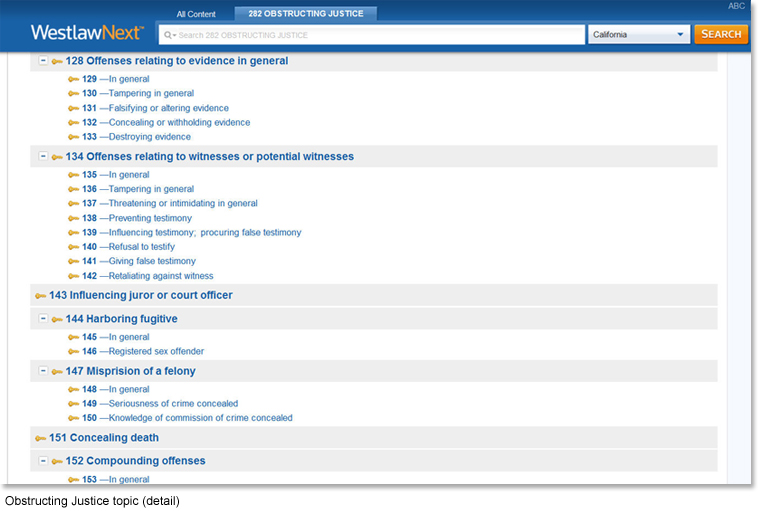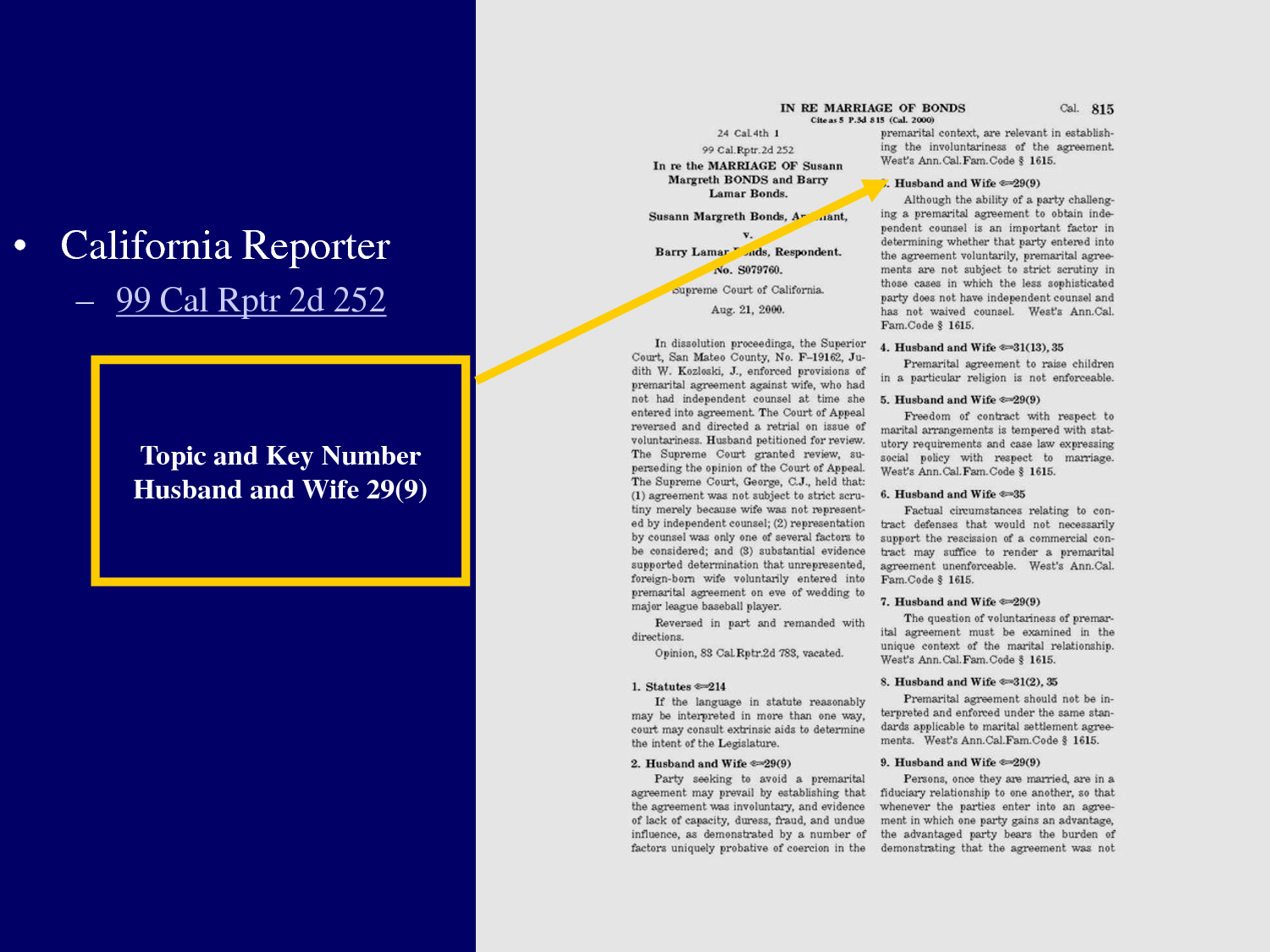Developing an Ontology of Legal Research by Amy Taylor.
From the post:
This session will describe my efforts to develop a legal ontology for teaching legal research. There are currently more than twenty legal ontologies worldwide that encompass legal knowledge, legal problem solving, legal drafting and information retrieval, and subjects such as IP, but no ontology of legal research. A legal research ontology could be useful because the transition from print to digital sources has shifted the way research is conducted and taught. Legal print sources have much of the structure of legal knowledge built into them (see the attached slide comparing screen shots from Westlaw and WestlawNext), so teaching students how to research in print also helps them learn the subject they are researching. With the shift to digital sources, this structure is now only implicit, and researchers must rely more upon a solid foundation in the structure of legal knowledge. The session will also describe my choice of OWL as the language that best meets the needs in building this ontology. The session will also explore the possibilities of representing this legal ontology in a more compact visual form to make it easier to incorporate into legal research instruction.
Plus slides and:
Leaving aside Amy’s choice of an ontology, OWL, etc., I would like to focus on her statement:
(…)
Legal print sources have much of the structure of legal knowledge built into them (see the attached slide comparing screen shots from Westlaw and WestlawNext), so teaching students how to research in print also helps them learn the subject they are researching. With the shift to digital sources, this structure is now only implicit, and researchers must rely more upon a solid foundation in the structure of legal knowledge.
(…)
First, Ann is comparing “Westlaw Classic,” and “WestlawNext,” both digital editions.
Second, the “structure” in question appeared in the “digests” published by West, for example:

And in case head notes as:

That is the tradition of reporting structure in the digest and only isolated topics in case reports did not start with electronic versions.
That has been the organization of West materials since its beginning in the 19th century.
Third, an “ontology” of the law is quite a different undertaking from the “taxonomy” used by the West system.
The West American Digest System organized law reports to enable researchers to get “close enough” to relevant authorities.
That is the “last semantic mile” was up to the researcher, not the West system.
Even at that degree of coarseness in the West system, it was still an ongoing labor of decades by thousands of editors, and it remains so until today.
The amount of effort expended to obtain a coarse but useful taxonomy of the law should be a fair warning to anyone attempting an “ontology” of the same.